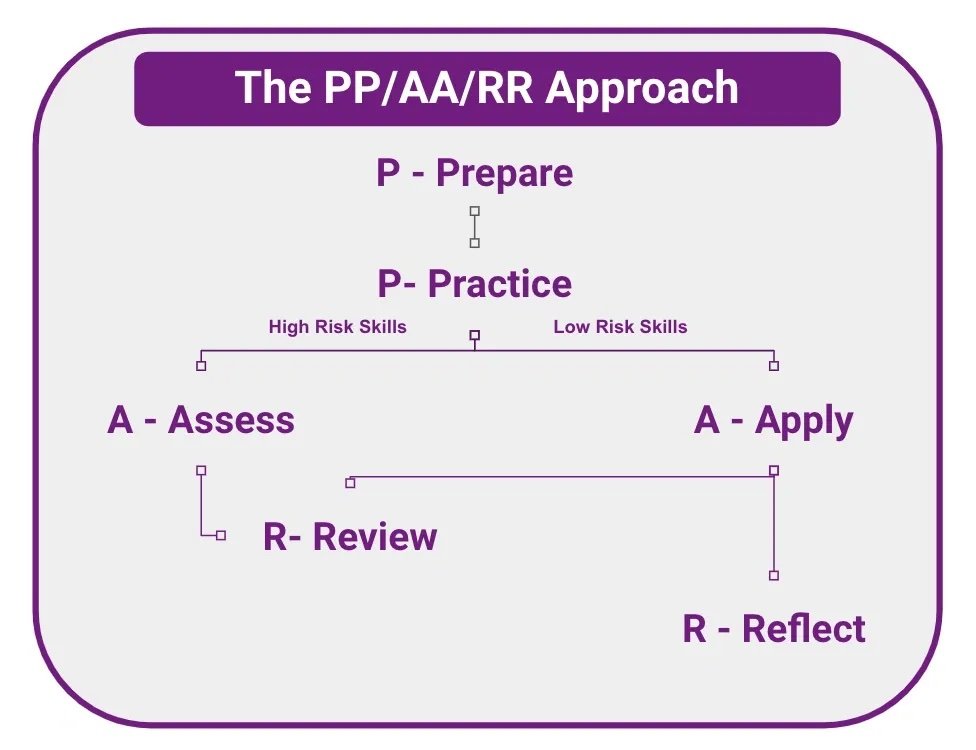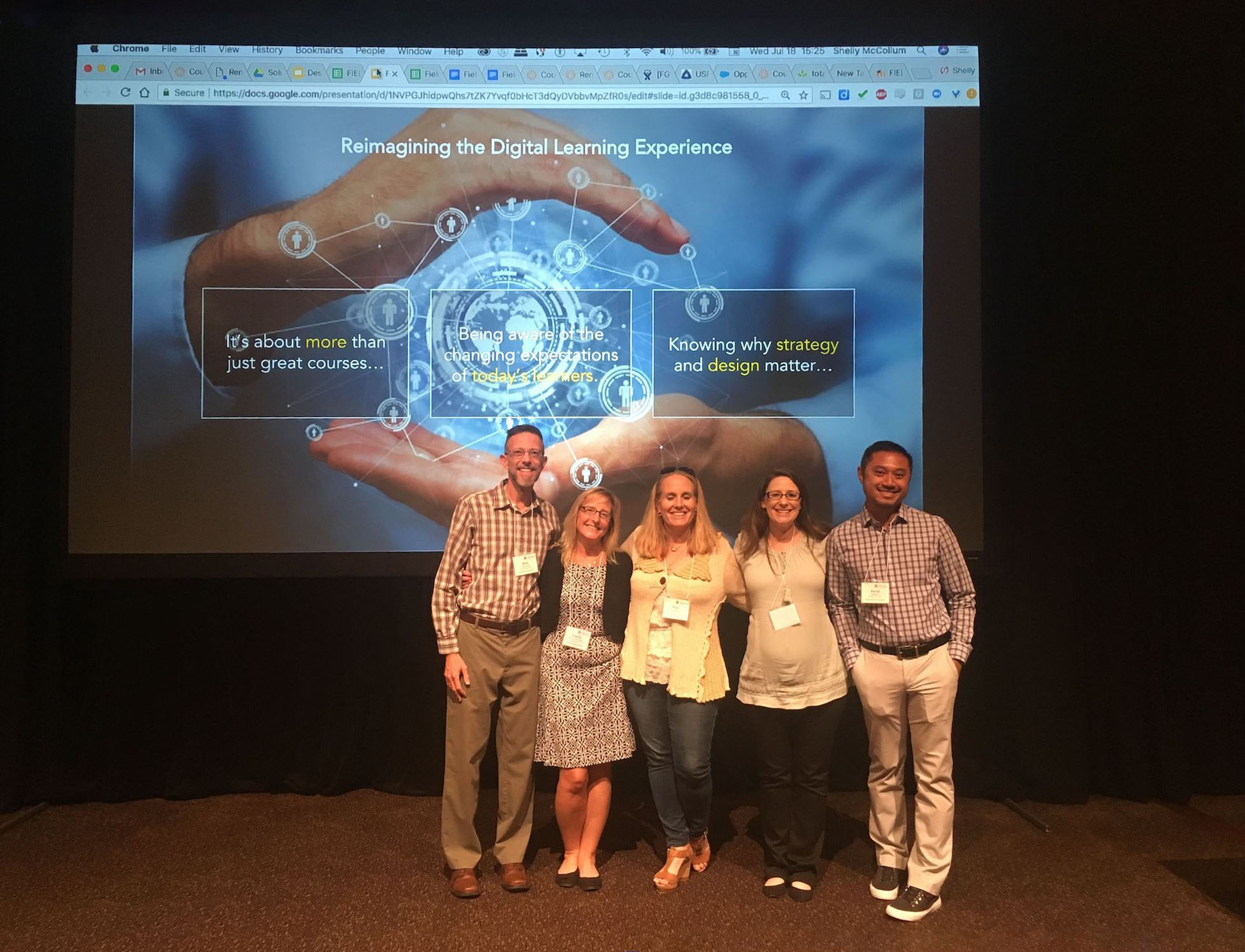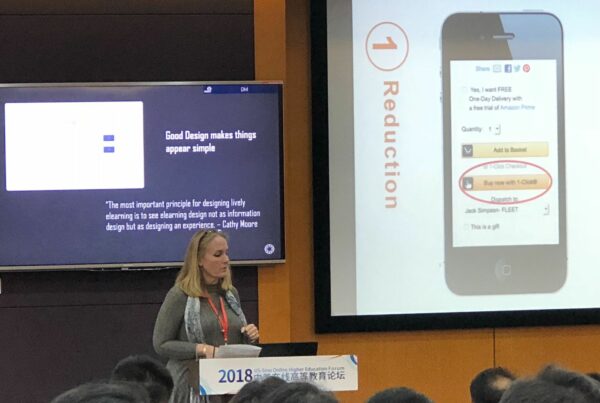The PP/AA/RR Approach enables a tailored approach to training and assessment strategies. The PP/AA/RR Approach encompasses six distinct phases: Prepare, Practice, Apply, Assess, Review, and Reflect. Each phase plays a crucial role in the learning process, providing a structural framework to facilitate effective learning and instruction that contributes to the overall success of learners. It is worth pointing out that the context of the learning environment and the job role and skills being trained influence the implementation of specific phases, particularly the use of either or both the Apply and Access phases, based on the stakes involved.
The easiest way to differentiate between what I mean when I say low risk vs. higher risk skills, since we all know it is a spectrum, is really to think about the level of potential risk if an employee were to apply a newly taught skills in a real-world setting without confirming they truly understood the material. For example, my daughter is a medical student who spends hours of drill and review going over hundreds of practice questions prior to multiple levels of formal assessment, before she is allowed to apply what she has been taught on a living patient. She is a brilliant and talented young lady but I for one am glad that there is that level of critical assessment of mastery prior to placing her or any young physician into the high-risk life-or-death setting of medical care.
That said we all know that there are thousands if not millions of skills that have a significantly lower risk level thus rigorous assessment is a less critical step and may actually delay the time to knowledge transfer and valuable on-the-job training. However, even the best on-the-job training model suggests the benefits of practice and begins with elements of direct instruction or at the very least watching someone else do it first.

The Prepare Phase sets the groundwork with direct instruction. It is in this phase that learning objectives are communicated, pre-assessment of learners’ needs may be identified, and instructional strategies applied. It is also in this phase that the foundation for effective learning is laid, ensuring that learners receive the necessary information and guidance.
Following the Prepare phase, the Practice Phase provides learners with a safe environment to engage in deep practice. This phase emphasizes the deliberate repetition and application of newly acquired skills or knowledge. It offers a space where learners can experiment, make mistakes, and learn from them without significant consequences. Through purposeful practice, learners develop their skills and solidify their understanding, gradually building their competence in a new skill and confidence in their abilities.
The next two phases are Apply and Access, this is where the tailoring of the learning experience comes into play. For lower-risk skills only the Apply phase is utilized, allowing learners to employ newly acquired skills in a real-world environment. This phase encourages learners to transfer their knowledge to real scenarios, promoting practical application and skill development. It provides an opportunity for learners to gain hands-on experience and reinforce their understanding through the application of new skills in authentic contexts.
After the Apply phase, the Reflect Phase is a critical and often forgotten stage that invites learners to introspect and evaluate their application of the newly acquired skill or knowledge. Learners engage in self-assessment, identifying areas of strength and areas that require further development. Reflection enables learners to consolidate their learning experiences, promoting metacognition and a deeper understanding of their own learning processes. Research has shown that by revisiting the application of a new skill and reflecting on the experience learners not only retain the knowledge they demonstrate improvements in future applications.
For higher-risk skills, such as those found in the medical, legal, or transportation sectors for example, where the consequences of errors can be critical, the Access phase is implemented before the Apply phase. The Access phase emphasizes a higher level of learner mastery before transitioning to on-the-job application. In this phase, learners delve deeper into the intricacies of the skill or knowledge, demonstrating and refining their proficiency to ensure competence and minimize potential risks. The Review phase then accompanies the Access phase, ensuring a comprehensive assessment of learner understanding and proficiency.





